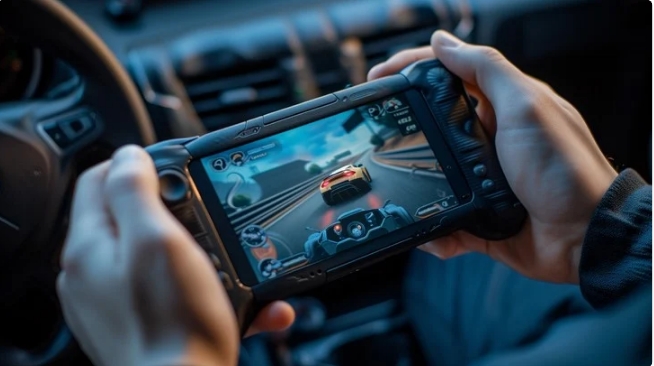How to choose display for Game Console Display?

Choosing a display for a game console display (especially if you're building or customizing a handheld or portable console) depends on a few key factors.
How to Choose a Display for a Game Console
1. Display Type
IPS LCD – Best for gaming: great colors, wide viewing angles, and good contrast.
Avoid basic TN TFT unless you’re on a tight budget (bad viewing angles, washed-out colors).
2. Screen Size
3.5" – 5": Compact handheld (like Game Boy or PSP).
7" – 10": Tablet-style consoles or docked modes (like Nintendo Switch)
Consider ergonomics! Bigger screen = better visuals, but also more power and size.
3. Resolution
320x240 / 480x320: Retro gaming (NES, SNES, GBA).
800x480 or 1280x720: Mid-range.
1920x1080 (Full HD): Modern AAA titles, emulation of newer consoles.
Match the resolution to your console’s output & GPU capabilities.
4. Refresh Rate
60Hz is standard and enough for most games.
120Hz+ is overkill unless your hardware can handle it (and most handheld consoles can’t).
5. Touchscreen?
Optional — useful if you're running Android or emulating DS/Switch, etc.
6. Interface Compatibility
Make sure the display can connect to your console hardware:
HDMI – Easy connection, good for Raspberry Pi or modern SBCs.
DSI (MIPI) – Used in Pi and custom boards.
SPI / Parallel / RGB / LVDS – Lower-level, more for embedded or custom builds.
7. Power Consumption
Handheld consoles = battery life matters!
IPS uses more power than TN, but it’s often worth it for the quality.
Consider a backlight with brightness control to save power.
8. Brightness
300–500 nits: Good for indoor use.
>500 nits: If you plan to play outside.
9. Touch Layer & Glass
Tempered glass + touch = better durability.
Plastic or no touch = lighter, but easier to scratch.
Bonus Tips:
Check if the display supports hardware scaling to make retro games look crisp.
Consider custom bezels or shells for better aesthetics and usability.
Game Console Display product links for reference
http://www.rrfw.com.cn/industries.aspx?id=4360&no=Game%20Console%20Display
http://www.rrfw.com.cn/about.aspx#contact

Tel:(86) 755 8395 2292
E-mail:lcdsource@eurotech-lcd.com
E-mail:info@eurotech-ic.com






